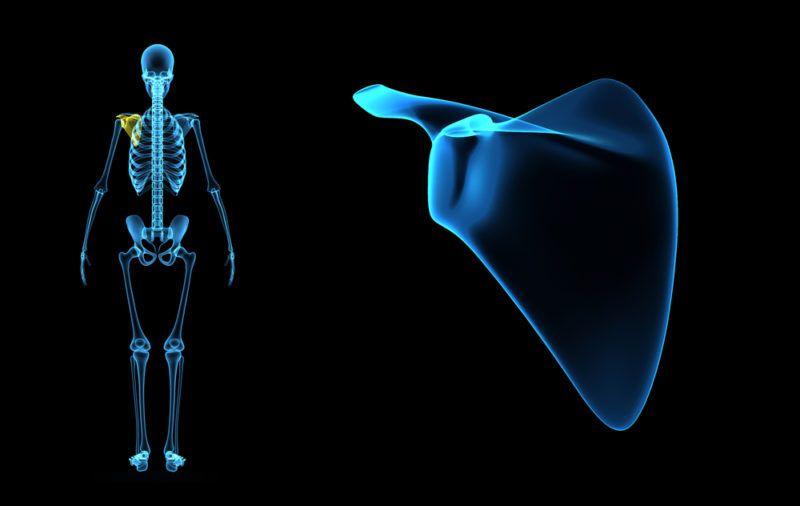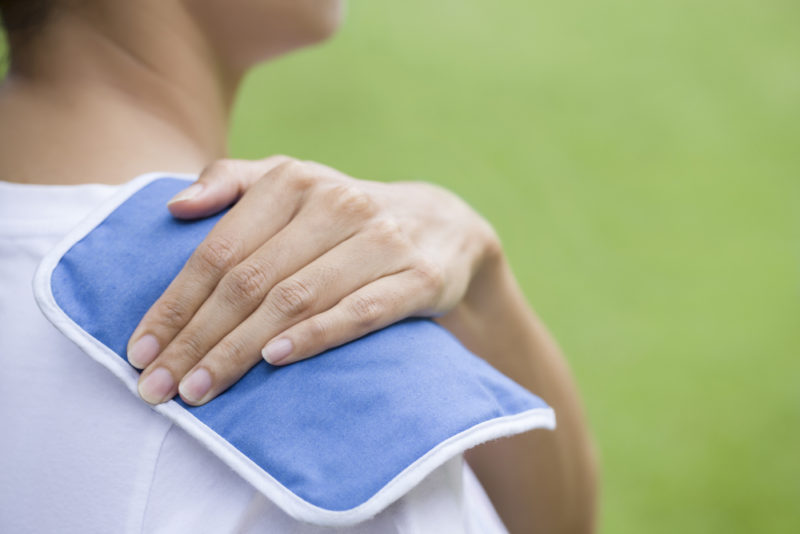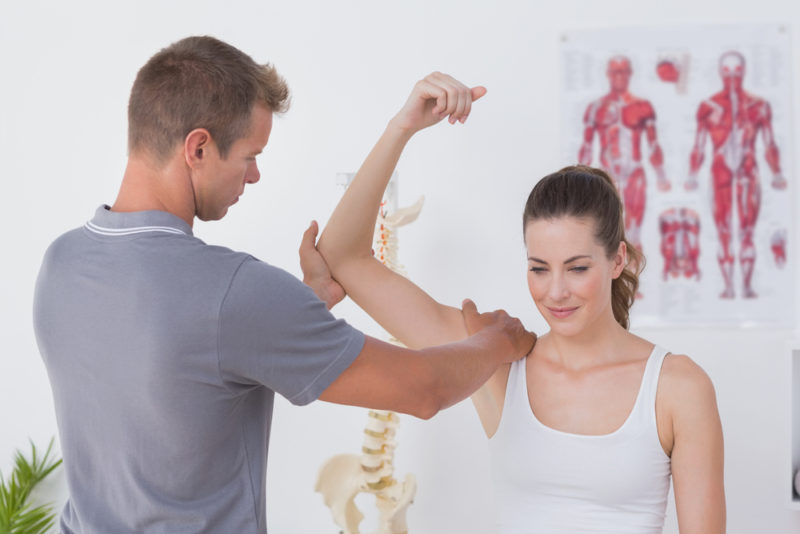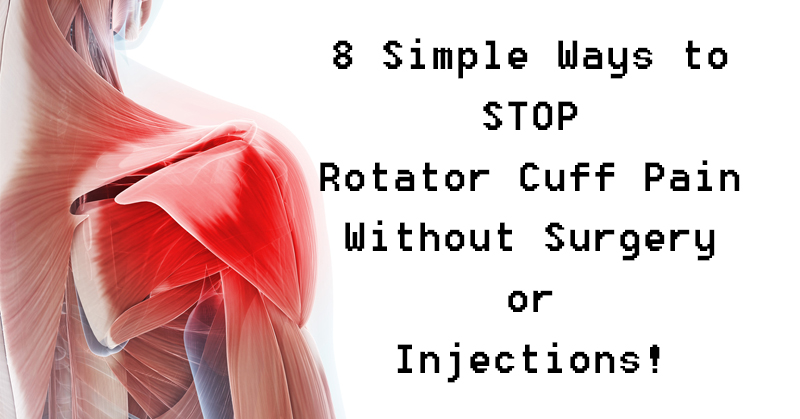The rotator cuff is a group of muscles and tendons that surround the shoulder joint, keeping the upper arm bone firmly within the shoulder socket. You may not realize the importance of the rotator cuff, until it becomes injured.
The human shoulder is made up of bones, joints, connective tissues and muscles that provide the support needed for the arm to function properly. A rotator cuff injury can cause aches and pains in the shoulder, making an endless amount of activities difficult to perform, such as shoveling snow, raking leaves, lifting weights, throwing a ball and swimming.
Pain or injury of a rotator cuff can occur from a fall or an accident or chronic overuse, such as throwing a ball or lifting weights — or from gradual degeneration of the muscle and tendon that can occur with aging. Common symptoms of a rotator cuff injury include:
- A sudden tearing sensation
- Pain that worsens at night
- Decreased range of motion
- Swelling of the area
- Weakness when lifting or rotating the arm
- A grating or cracking sound or sensation when moving the shoulder
Natural Treatments
Strength building, physical therapy and special exercises may be required to regain normal shoulder function. While there are medical options available to treat rotator cuff injuries, there are also natural treatments that can help relieve pain.
1. Rest
The initial step for most injuries is rest. This can include getting more sleep, as well as limiting stressful activities. A sling can help protect your shoulder by keeping it still and to remind you to avoid using it during your rest period.
2. Ice
If you think you’ve been injured, apply an ice pack to the area immediately to reduce inflammation and swelling. Apply for 15 minutes every other hour or so for the first few hours, then three times a day until pain subsides.
3. Heating Pad
Use a moist heating pad for 15-20 minutes to help relieve pain. A heating pad can also be used before exercise or physical therapy to help strengthen the shoulder.
4. Physical Therapy
Physical and occupational therapy may be the best long-term treatments to help you get back into a normal routine in a way that doesn’t include medications or surgery. Clinical trials suggest that physical therapy and prescribed exercises can help provide healing of many conditions, including shoulder impingement, rotator cuff tendinopathy, rotator cuff tears and stiff shoulders.
5. Anti-inflammatory Foods
Over-the-counter and prescription painkillers come with a long list of possible side effects. Adding anti-inflammatory foods to your diet can help you heal faster while boosting your health. Some anti-inflammatory foods include garlic, ginger, turmeric, cinnamon, blueberries and leafy greens.
6. Essential Oils
Applying a peppermint essential oil rub twice a day can help reduce rotator cuff pain. Peppermint oil is known to relax the muscles and provide pain relief. Blend peppermint essential oil with coconut oil or almond oil, then rub it onto the affected area. Arnica, evening primrose and lavender oils also work to naturally relieve pain.
7. Acupuncture
Clinical trials have shown that acupuncture is effective in reducing pain. Acupuncture isn’t for everyone, but it may prove to be an effective way to relieve pain associated with a rotator cuff injury.
8. Stretching
Controlled stretching can help improve flexibility and range of motion. Perform stretching exercises 1-2 times a day, 3-4 times a week to help build strength and flexibility. Consult a health care professional to determine what stretches are appropriate for you. If you feel any pain or discomfort, stop performing the stretch.
Watch the video below for stretches that will help strengthen the rotator cuff after an injury:
Sources:
Dr. Axe
Mayo Clinic
Emedicine Health
NCBI
David Wolfe
Mercola


